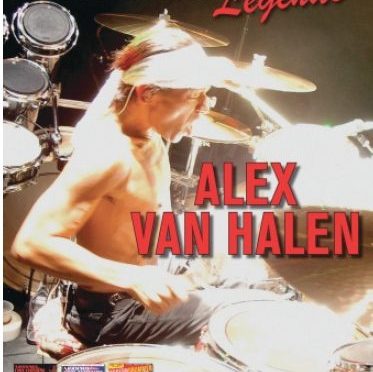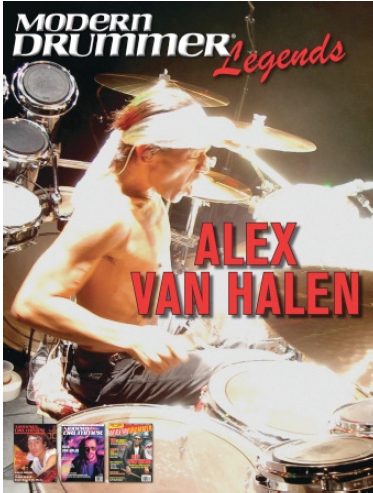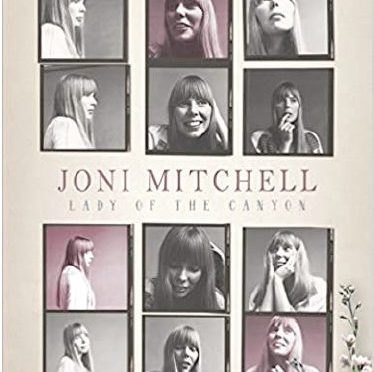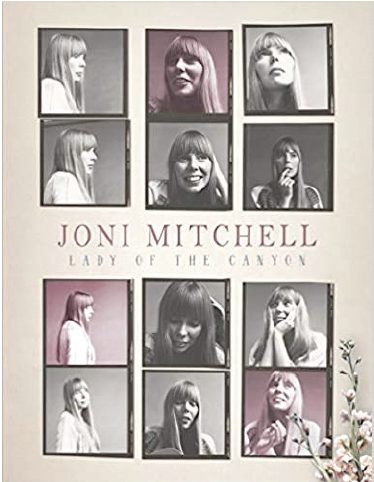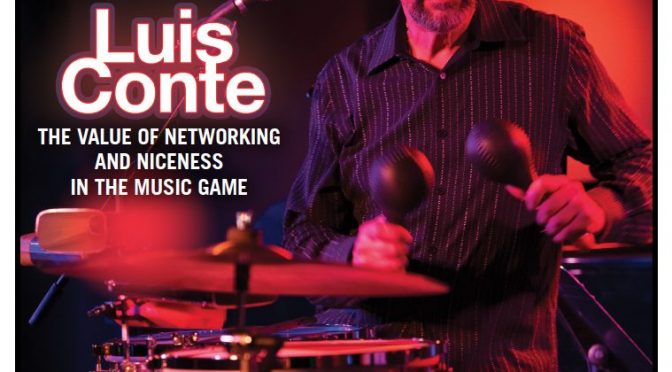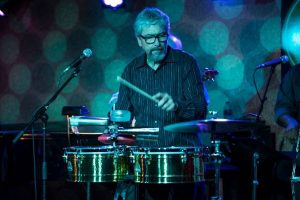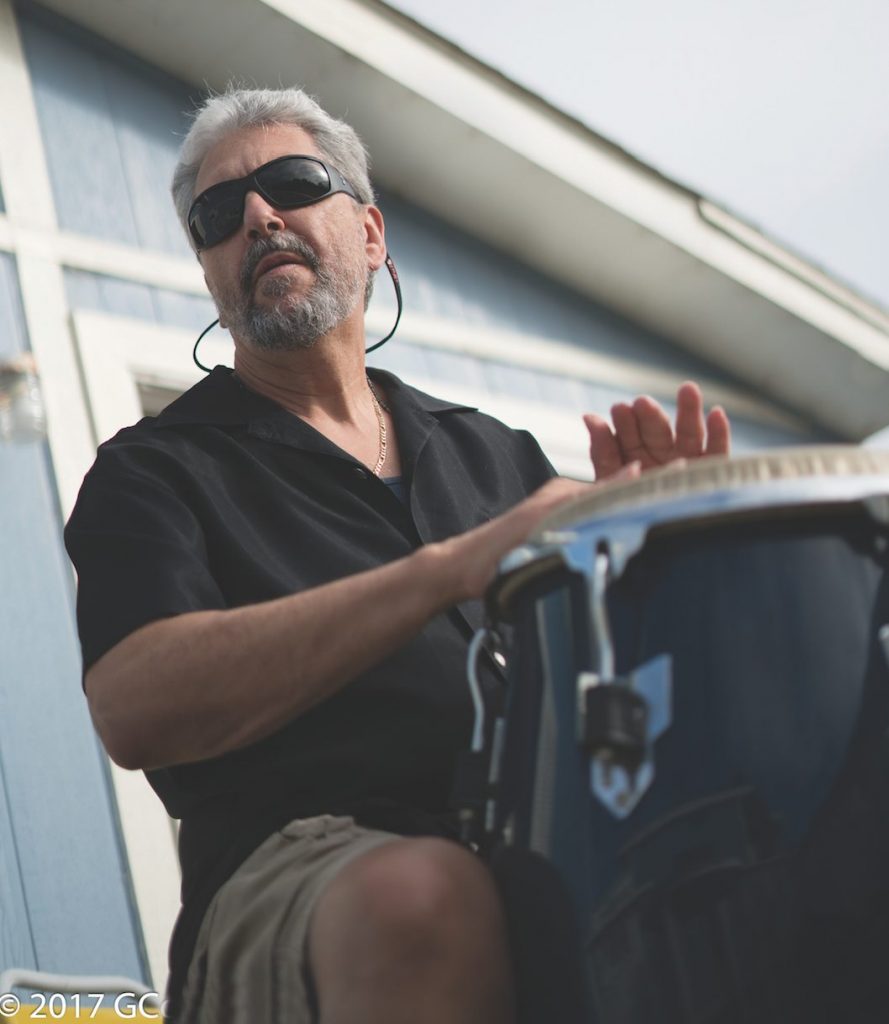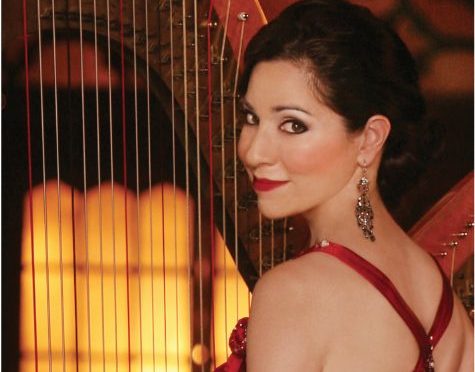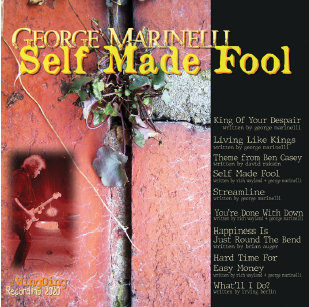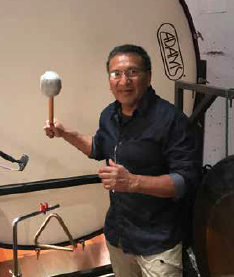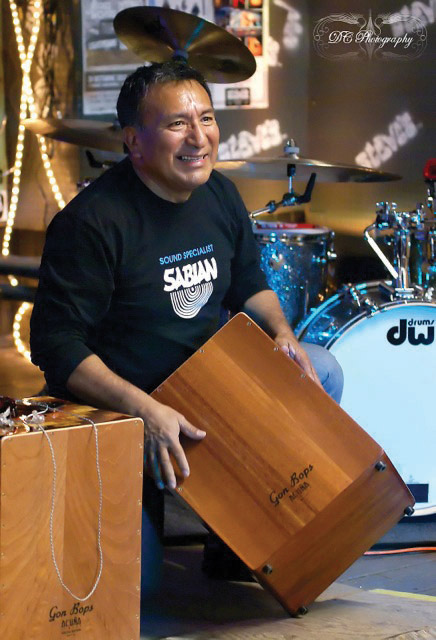The recipients of the National Endowment for the Arts 2021 National Heritage Fellowships, the nation’s highest honor in the folk and traditional arts, includes California-based musicians Los Lobos of Los Angeles. The lifetime honor awards of $25,000 are given in recognition of both artistic excellence and efforts to sustain cultural traditions for future generations.
Los Lobos, a Chicano band from Los Angeles, has defined the East Los Angeles sonic landscape for nearly a half-century. Formed in 1973 by guitarist/accordionist David Hidalgo of Local 47 (Los Angeles, CA) and percussionist and lyricist Louie Perez, the group later enlisted guitarist Cesar Rosas, and bassist Conrad Lozano, also of Local 47.
As young, music-loving Mexican-Americans from the barrio, they were a product of their surroundings, applying African-American influences such as the blues, rock ‘n’ roll, and doo-wop as a natural complement to the deep and soulful Mexican and Latin American sounds they had grown up with. It all combined to give birth to their unique sound. The wildly successful soundtrack of “La Bamba” (1985) catapulted Los Lobos into international stardom and earning them a Grammy Award.


